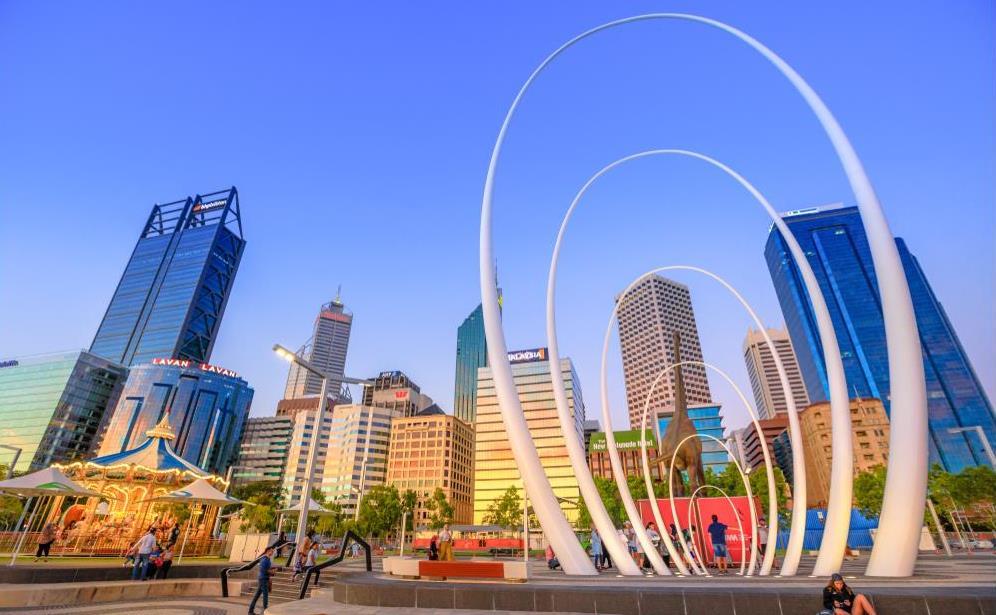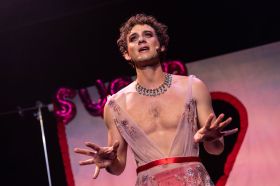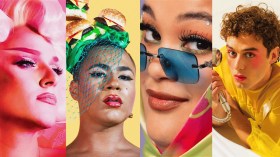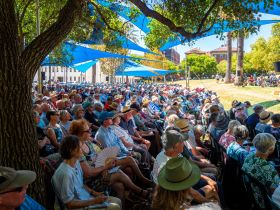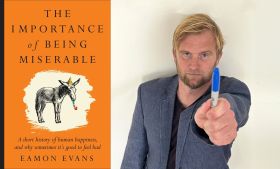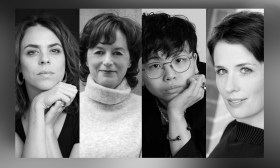Western Australia is currently experiencing one of the strangest elections in its history. Polls predict something as close to a one-party state that you’ll ever see in a democracy – even Labor leader Mark McGowan has had the good sense to seem embarrassed about the scale of his anticipated victory. Much of this is due to how we’ve held our reputation as the land of the lotus eaters, with Western Australians enjoying good health and freedoms under our blue skies through most of the pandemic.
Our economy continues to be dominated by the resource sector – and with record royalties flowing into Government coffers, why complain? But research released this week by the Committee for Perth on the declining Human Capital Index of our State, shows the danger in this complacency. Put simply, the research shows that over the last decade we’ve had a diminishing rate of higher education and skills in our workforce as people turn to the easy money jobs on offer in the resource sector. Does this mean we are losing our capacity to innovate, to research and to create?
Forming an advocacy agenda for the arts in this context has been a balance between the immediate issues of COVID-19 and not losing sight of a longer-term agenda for our sector and for the State.
Read: #ArtsMatters campaign launched in lead-up to WA election
At COVID-19 recovery industry roundtables hosted by the Premier, there was resounding support for the idea that now was the time to re-examine the status quo, think hard about our values, and re-invent the future trajectory for the State. As we head into the election there is little indication that these sentiments have been taken on board by our major political parties.
Leading up to the election Labor has announced significant funding commitments towards infrastructure projects… But missing in this picture are the human beings who will animate these spaces.
The creative sector is a case study in this lack of investment in a broader range of skills and businesses. We currently lag behind the Australian average in employment growth in the creative industries. At a time when jobs and employment are at the forefront of everyone’s thinking, Government policy continues to inhibit the factors that might achieve this. Most important among these is the insufficient and inconsistent funding to the not-for-profit part of the sector that generates much of the direct employment for artists and the costly investment in new work.
Leading up to the election Labor has announced significant funding commitments towards infrastructure projects such as a new film studio, Aboriginal arts centre and a world class facility for the West Australian Academy of Performing Arts, and as these come on stream over the next few years, they will be fantastic new assets for the State. But missing in this picture are the human beings who will animate these spaces – we need to parallel this with investment in skills and employment pathways to ensure we have a workforce that will resonate these spaces with stories, with the magic of their craft and with wonder. And in a more hard-headed way, create the work that will engage audiences and markets both here and worldwide.
The Chamber of Arts and Culture WA’s recommendations fall under three main themes:
- Investment programs that create jobs and opportunities for artists.
- Recognise the economic and social benefits that come through ensuring all Western Australians have access to arts and culture.
- Use the creative industries as part of a strategy to diversify the Western Australian economy for greater future sustainability.
The most immediate challenge is keeping the jobs we do have, and with ongoing restrictions on capacity and interstate travel, the sector is now running on empty. Both FringeWorld and the Perth Festival pulled out all stops to ensure a summer season and much needed income for artists and arts workers. Enthusiastic audiences show there is still a desire to come together around these events but looking further into the year things are less optimistic as the JobKeeper cliff looms and the squeeze gets tighter.
This week, sitting under the magnificent night sky on the banks of the Derbarl Yirrigan, the West Australian Youth Theatre Company intertwined stories of the Noongar people, colonial history and our ideas of identity in a piece called Beside. It was a small example of how far we have come as a society and the leadership that artists and cultural practitioners have shown in opening the door for all of us to better understand the journey. The sense of hope in these moments is palpable and as a society we need to find a way to honour this hope by valuing and nurturing the humanity that is at their core.
Chamber Board member, and ex-Premier Carmen Lawrence summed it up perfectly when she said, ‘You’ve saved our lives, now give us something to live for.’
Learn more about the Chamber of Arts & Culture WA’s advocacy and the #ArtsMatters campaign.

